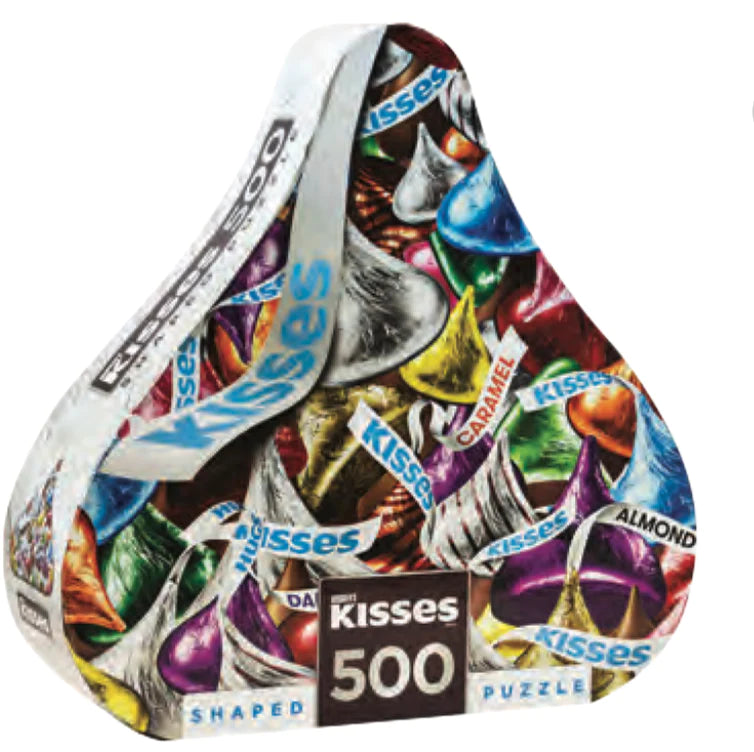I think we can all think of different children or adults we know personally and understand that concentration comes naturally to some and really can be strengthened in all.
Concentration is a complex brain function. It involves a combination of various cognitive abilities necessary for holding your attention on something, without being distracted by anything else which isn’t easy! Like any other skill, concentration is something that we can improve with practice; and solving puzzles is one of the key ways to improve one’s concentration.
Jigsaw puzzles are an excellent aid in helping to engage your short-term memory. Your mind has to concentrate in order to sort out the different pieces, corners, edges and colors that form a part of the picture. The more pieces there are, the more your brain has to work, forcing it to think harder than it normally does. Good news! Solving jigsaw puzzles regularly can help to improve your concentration significantly. You may even start to remember where your car keys and wallet are.
These same concentration skills that assist us, can develop and strengthen many parts of the young brain in toddlers and children. At birth, the average baby's brain is about a quarter of the size of the average adult brain. In the first year of life the toddler’s brain will double in size and keep growing to about 80% of an adult size brain by age 3 and nearly a full grown brain at 90% by age 5. It’s pretty incredible if you think about it!
So let’s take a look at the development of concentration and the best progression of jigsaw puzzles for growing toddlers. How can we help our children? Toddlers learn to fit puzzle pieces using both their sense of vision and touch – by looking at the shape and picture, and by feeling if it fits in its place.
There are several different types of puzzles you can expose your little ones to that have varying degrees of difficulty and focus. It’s important to remember that your toddlers will achieve mastery at their own pace. There’s no pressure! Really!
Shape Sorters are a popular toy for toddlers and an excellent beginning step to learning to recognize and match shapes, which children must master in order to complete more advanced jigsaw puzzles. Additionally, shape sorters teach cause and effect, problem solving, developing fine motor skills and turn taking. So all around, a must have toy.
Wooden peg or block puzzles offer reinforcement of fine motor skills needed to place pieces into the puzzle while strengthening visual clues of where these pieces may fit. Most of these puzzles develop the use of visual context clues, all necessary to progress to the next step- jigsaw puzzles.
Jigsaw puzzles are more advanced than basic shape puzzles and require pieces to fit together. To complete these puzzles, toddlers must rely more on understanding the visual parts of the picture, knowing the sky will go at the top and with greater difficulty, where the head of the dog is placed in relation to a larger picture. Additionally, these puzzles double as a fun way to teach your children about letters, numbers, colors, shapes, animals, solar system, cities, states, capitals, world countries, continents and so much more.
So whether you are 1 or 100, jigsaw puzzles are a fun way to boost your concentration. Completing a family puzzle is sure to grow and strengthen the mind. As a child, we would visit my Aunt and Uncle at Cape Cod, MA. There was always a jigsaw puzzle in progress on a card table in the corner of the family room. At any given point during the day, one of my cousins, siblings, parents or grandparents would add a piece or 2. It was almost magic watching this puzzle forming right in front of our eyes. We would strategize an area to focus on and there was a great sense of pride in finding a correct piece. My sister was the youngest and always added the last and final piece.
Don’t just reserve jigsaw puzzles for rainy days, enjoy them together at any time and keep the whole family entertained and learning.

